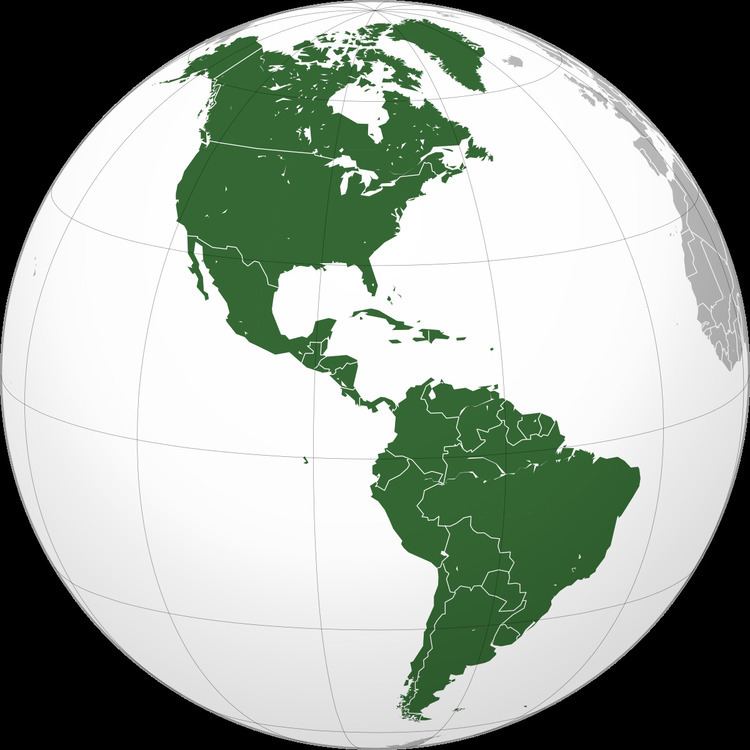 | ||
In the classification of archaeological cultures of North America, the Formative Stage or "Neo-Indian period" is an archaeological term applied to theoretical North and Meso-American societies, cultures that existed between 1000 BCE and 500 CE. It is the third of five stages defined by Gordon Willey and Philip Phillips in their 1958 book Method and Theory in American Archaeology. There are alternative classification systems, and this ranking would overlap what others classify as the Woodland period cultures.
Cultures of the Formative Stage are supposed to possess the technologies of pottery, weaving, and developed food production. Social organization is supposed to involve permanent towns and villages, as well as the first ceremonial centers. Ideologically, an early priestly class or theocracy is often present or in development.
Examples of cultures considered to be Formative include the Adena, Olmec, Old Copper, Oasisamerica, Woodland, and Mississippian cultures.
Sometimes also referred to as the "Pre-Classic stage", it followed the Archaic stage and was superseded by the Classic stage.
- The Lithic stage
- The Archaic stage
- The Formative stage
- The Classic stage
- The Post-Classic stage
